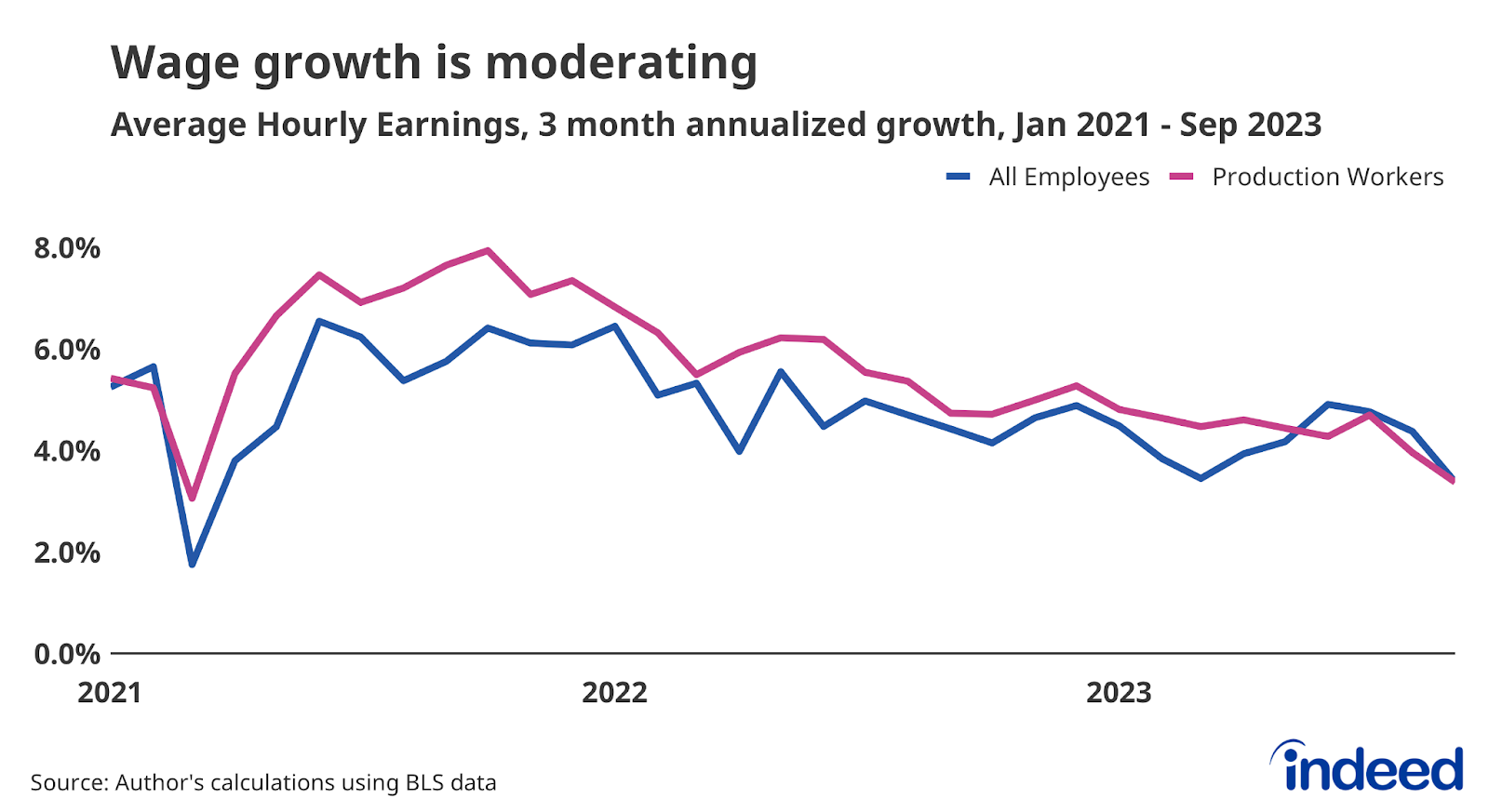In today’s dynamic business landscape, the resilience of the labor force has emerged as a significant trend. Recent labor negotiations and job market statistics underline a fundamental shift, not just in the balance of power between employers and employees, but in the overall outlook of the labor market.
The changing dynamics are characterized by workers and their unions demanding better terms, and in many cases, succeeding. Hollywood writers, UAW Workers, UPS employees, and academic student workers at the University of California have showcased the increased bargaining power of unions, often achieving notable concessions from employers. These events prompt introspection: Are employers ready to adapt to this new era of employee empowerment?
Now, why should employers continue to add jobs even as they navigate this new landscape? The latest job report provides valuable insights.
Employers added a significant 336,000 new jobs in September, surpassing expectations and signifying the health of the U.S. economy. Alongside this growth, the unemployment rate remained steady at 3.8%, a testament to the balance between job creation and labor market participation. While we saw unfettered growth in 2021 and 2022, the current trend speaks of sustainable development, steadier and more in tune with long-term economic health.
Additionally, wage growth data from the report offers further insights for employers. A steady deceleration in wage growth was observed, indicating a balancing out after the initial post-pandemic surge. While rapid job growth coupled with aggressive wage inflation could have spelled inflationary concerns, potentially prompting Federal Reserve interventions, the current trend is more moderated and sustainable. With wages growing at a 3.4% annualized rate over three months – reminiscent of the 2019 scenario – there is a reassuring stabilization in the labor market.
Furthermore, September’s hiring statistics debunked fears of a job market slowdown. Employers didn’t just meet hiring expectations; they exceeded them. Revisions to data from the past months further accentuated the labor market’s vibrancy, with an average addition of 266,000 jobs monthly over the last quarter. Significantly, this growth was not isolated to a few sectors. A diffusion index rise to 64.2 in September emphasized that the hiring was widespread, hinting at a comprehensive economic recovery.
For employers, these trends signify opportunities. The labor market, even as it showcases newfound employee assertiveness, also presents a reservoir of untapped labor. The data suggests that there’s a latent pool of individuals ready to join the workforce, providing employers with a cushion to meet growing demands without triggering excessive wage hikes.
In essence, today’s labor market reflects resilience, balance, and opportunities. The pronounced employee empowerment, backed by union successes, is not a challenge for employers but an invitation to adapt. The leveling off of wages, even amid robust job growth, indicates a sustainable market trajectory that benefits both employers and employees.
Therefore, for employers, the current climate is not one of caution but of opportunity. A resilient labor force, combined with stabilized wage growth, offers a conducive environment for job additions. The challenge lies not in navigating employee demands but in harnessing the potential of a balanced, resilient, and sustainable labor market. In this new era of labor dynamics, employers that recognize and adapt to these changes stand to gain the most, creating a win-win scenario for themselves and their workforce.


